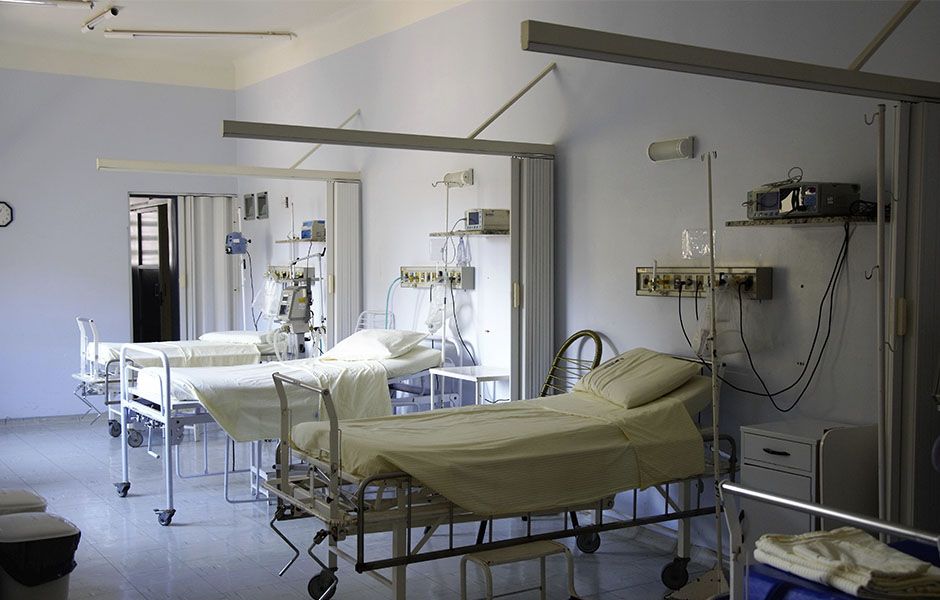Researchers from CINTESIS – Center for Health Technology and Services Research and the Faculty of Medicine of the University of Porto (FMUP) propose an alternative strategy to achieve greater effectiveness in disinfecting health institutions against highly pathogenic bacteria, viruses, and fungi.
This group of scientists is coordinated by Acácio Rodrigues, professor at FMUP and researcher at CINTESIS, and has analyzed and proven, for the first time, the effectiveness of hydrogen peroxide nebulization on biofilms produced by the most frequent infectious microorganisms in the context of health care.
These biofilms are a kind of “coating” to which infectious agents adhere, grow, and can persist on surfaces even after they have been cleaned, becoming resistant to antimicrobial drugs (commonly known as antibiotics), but also to detergents, surviving the usual cleaning protocols.
According to the article published in the Journal of Hospital Infection, the team compared the effect of a rapid cycle of hydrogen peroxide (H2O2) misting for 15 minutes with a standard one-hour cycle in the disinfection of infected hospital surfaces and in the elimination of those biofilms.
The FMUP study focused on different types of surfaces in hospitals, including Formica, stainless steel, linoleum, leather/leather, and PVC, infected with microorganisms such as Staphylococcus aureus, Candida albicans, Klebsiella pneumoniae or Acinetobacter baumannii. These agents, among others, are responsible for the development of hospital infections, increased hospital admissions, morbidity and mortality, and health care costs.
The researchers demonstrated the effectiveness of hydrogen peroxide misting technology on biofilms produced by these infectious microorganisms in hospital settings and suggest that “effectiveness may be greater if misting acts on these biofilms early in the process of their formation. Currently, manual cleaning always precedes nebulization, a method that may not be the most appropriate for controlling environmental colonization.”
Furthermore, it was concluded that with both nebulization cycles, the effectiveness of disinfection is very similar. “The fast cycle of 15 minutes proved to have similar efficacy to the normal, one-hour cycle. Knowing this could be very useful in “real-world scenarios,” explain the scientists, who foresee the benefits of implementing faster disinfection/cleaning protocols.
“Our results strongly support the adoption of faster hydrogen peroxide misting cycles in routine disinfection protocols in healthcare facilities to improve disinfection, promote patient safety, and decrease costs associated with hospital-acquired infections,” they say.
This work is funded by FEDER and co-financed by COMPETE 2020, Portugal 2020 and the Foundation for Science and Technology (FCT), and is authored by Luís Cobrado, Patrícia Ramalho, Elisabete Ricardo, Ângela Rita Fernandes, Maria Manuel Azevedo and Acácio Gonçalves Rodrigues.

